For the dissociation of PCI5 into PCI3andCl2 in gaseous phase reaction, If "d' is the observed vapour density and 'D' theoretical vapour density with 'α' as degree of dissociation. Variation of Dd with 'α' is given by which graph? Solution in Telugu
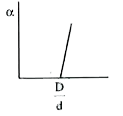
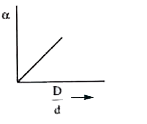
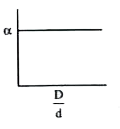
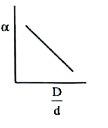
The correct Answer is:A
Step by step video, text & image solution for For the dissociation of PCI_(5) into PCI_(3) and Cl_(2) in gaseous phase reaction, If "d' is the observed vapour density and 'D' theoretical vapour density with 'alpha' as degree of dissociation. Variation of (D)/(d) with 'alpha' is given by which graph? by Chemistry experts to help you in doubts & scoring excellent marks in Class 12 exams.
Updated on:21/07/2023Topper's Solved these Questions
- CHEMICAL EQUILIBRIUMBook:AAKASH SERIESChapter:CHEMICAL EQUILIBRIUMExercise:ADDITIONAL PRACTICE EXERCISE (LEVEL -II) (LECTURE SHEET (ADVANCED))MATRIX MATCHING TYPE QUESTIONS
Explore 10 Videos
- CHEMICAL EQUILIBRIUMBook:AAKASH SERIESChapter:CHEMICAL EQUILIBRIUMExercise:ADDITIONAL PRACTICE EXERCISE (LEVEL -II) (LECTURE SHEET (ADVANCED))INTEGER TYPE QUESTIONS
Explore 5 Videos
- CHEMICAL EQUILIBRIUMBook:AAKASH SERIESChapter:CHEMICAL EQUILIBRIUMExercise:ADDITIONAL PRACTICE EXERCISE (LEVEL -I )STRAIGHT OBJECTIVE TYPE QUESTIONS
Explore 15 Videos
- CARBOXYLIC ACIDS AND DERIVATIVESBook:AAKASH SERIESChapter:CARBOXYLIC ACIDS AND DERIVATIVESExercise:CONVERSIONS
Explore 19 Videos
- CHEMICAL KINETCSBook:AAKASH SERIESChapter:CHEMICAL KINETCSExercise:EXERCISE - 3.2
Explore 45 Videos
Similar Questions
When two reactants A and B are mixed to give products C and D, the reaction quotient (Q) at the intiai stages of the reaction:
View SolutionAt elevated temperature , PCl5 dissociates as PCI5(a)⇔PCl3(g)+Cl2(g). At 300∘C,mKp=11.8and[PCl3]=[Cl3]=0.01molL−1 at equilibrium [PCl5]=x×10−4molL−1 . What is the value of x ?
View SolutionFor the reaction in equilibrium A↔B
[B][A]=4.0×108 −d[A]dt=2.3×106S−1[A] −ddt[B]=K[B] Thus, K is
View SolutionMethanol to acetic acid
View SolutionDiscuss on the kinetic spontaneity of a chemical reaction. Is a slow reaction spontaneous? Why?
View SolutionThe equation alpha=(D-d)/((n-1)d) is correctly matched for: ( alpha is the degree of dissociation, D and d are the vapour densities before and after dissociation, respectively).
View SolutionFor the dissociation of PCl_(5) into PCl_(3) and Cl_(2) in gaseous phase reaction , if d is the observed vapour density and D the theoretical vapour density with 'alpha' as degree of dissociation ,variaton of D/d with 'alpha' is given by ?
View SolutionBefore equilibrium is set-up the chemical reaction N2O4(g)⇔2NO2(g), vapour density d of the gaseous mixture was measured. If D is the theoretica value of vapour density, variation of α with D/d is given by the graph below. What is value D/d at point A ?
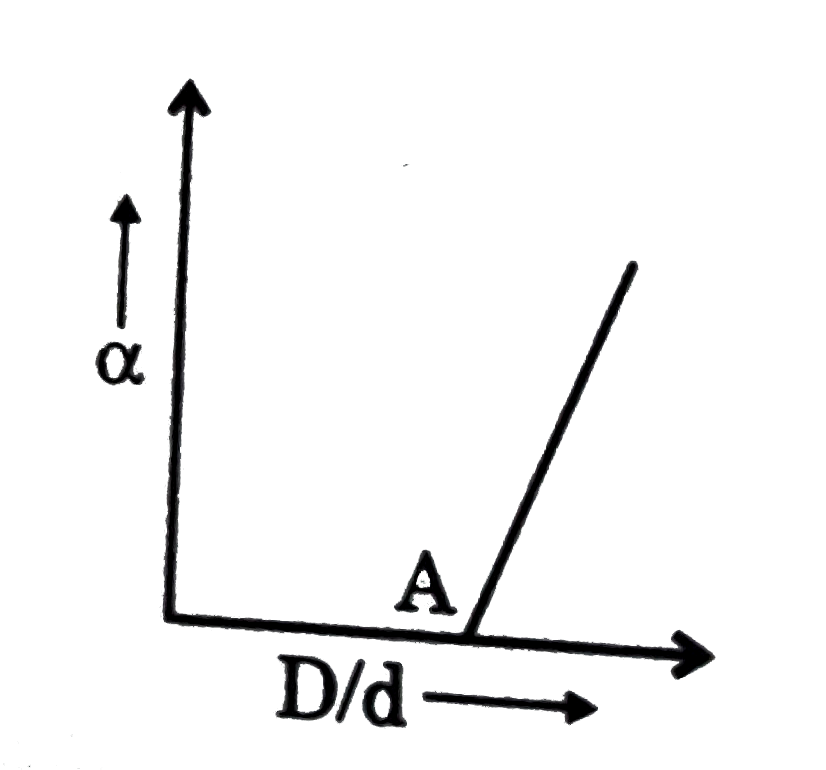
View SolutionIn the dissociation of N_(2)O_(4) into NO_(2), (1+ alpha) values with the vapour densities ratio ((D)/(d)) is given by: [ alpha degree of dissociation, D-vapour density before dissociation, d-vapour density after dissociation]
View SolutionIn the dissociation of N_(2)O_(4) into NO_(2)O_(4) into NO_(2), alpha varies with ((D)/(d)) according to: [ alpha degree of dissociation, D-vapour density before dissociation, d-vapour density after dissociation]
View SolutionIn the dissociation of N_(2)O_(4) into NO_(2). (1+x) values with the vapour densities ratio ((D)/(d)) is given by :
View SolutionBefore equilibrium is set-up for the chemical reaction, N_(2)O_(4)hArr 2NO_(2) , vapour density of the gaseous mixture was measured. If D is the theoretical value of vapour density, variation of x with D//d is by the graph.
View SolutionFor the dissociation of NH_(3)(g) as 2NH_(3)(g)iffN_(2)(g)+3H_(2)(g) , the variation of (1 + alpha) against ((D)/(d)) is represented as : (Given : D = initial vapour density of PCl_(5) , d = Vapour density of mixture at equilibriu,):
View SolutionThe degree of dissociation of PCI5(α) obeying the equilibrium, PCI5⇔PCI3+CI2, is approximately related to the presure at equilibrium by (given α<<1):
View SolutionConsider the following hypothetical equilibrium
2B(g)⇔B2(g)
If d is observed vapour density and D is theoretical vapour density, then degree of association (α) will be
View Solution

